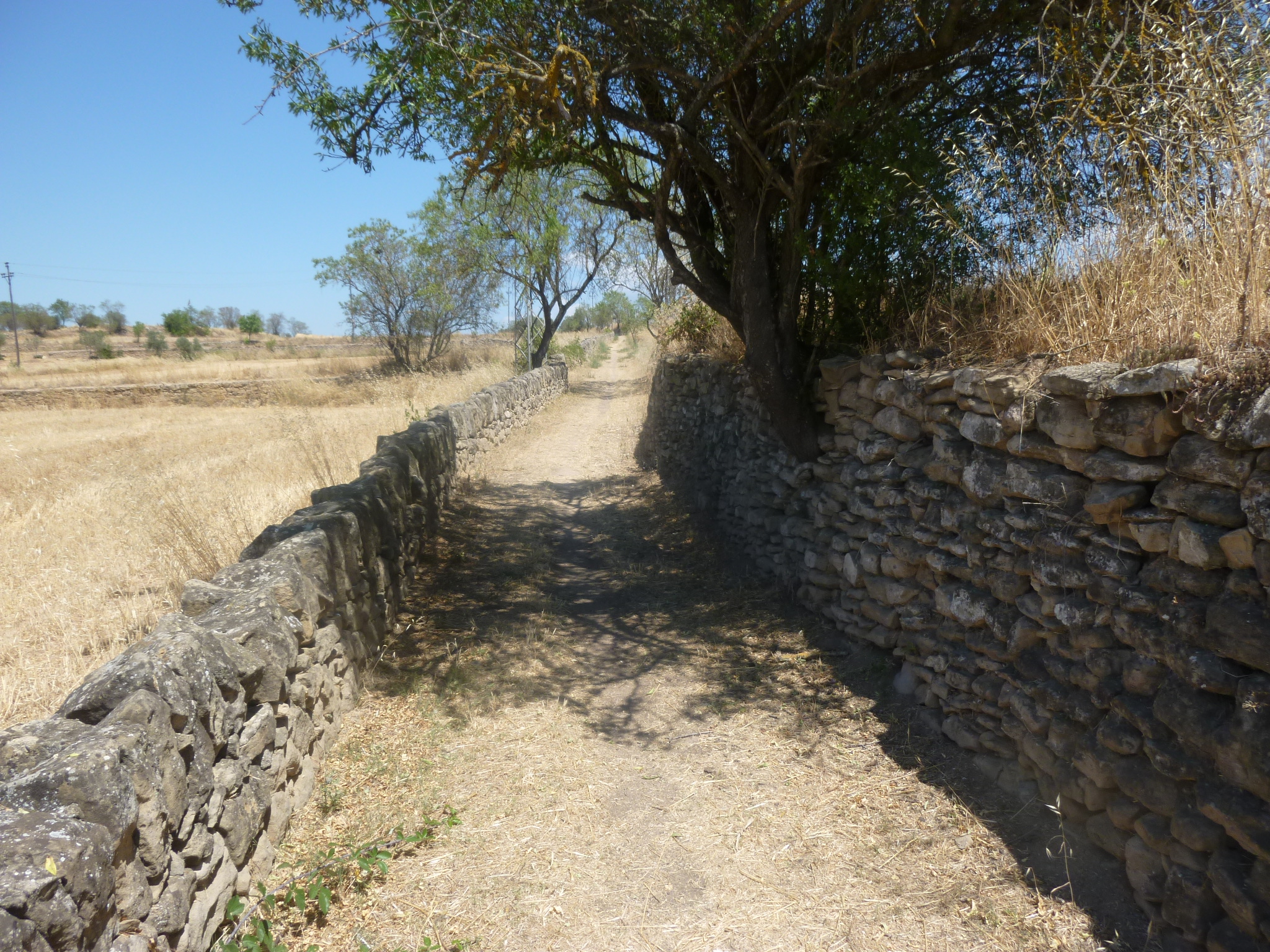THE IDEA OF PILGRIMAGE occupied an important place in the life and thought of Ignatius of Loyola. In the autobiography he dictated to Gonçalves da Câmara late in his life, he refers to himself as “the pilgrim”. He went on a pilgrimage from Loyola to Jerusalem, and he describes in detail his long and difficult journey.

The term pilgrimage can be used in different senses. The literal meaning — a journey to a shrine or sacred place as an act of religious devotion — describes a very old and common religious practice, one which has been part of Christian devotion since early times. The term can also have an allegorical meaning. Life can be viewed as a pilgrimage, that is, as a journey fraught with obstacles and difficulties through this world to the world beyond.
In addition to these meanings of the term, there is another understanding of pilgrimage: the spiritual sense of the term. A pilgrimage can be an interior journey toward some goal or ideal. It can involve finding the meaning of, or mission for, one’s life, and it may bring about inner growth or transformation. An external pilgrimage may symbolize or in some way facilitate a person’s inner search. These various understandings of pilgrimage tend to merge at a deeper level. The reason perhaps is that they are all rooted in the concept of the person as traveler, en route toward some destination, towards some end.
The geographical pilgrimage is the symbolic acting out of an inner journey. The inner journey is the interpolation of the meanings and signs of the outer pilgrimage. One can have one without the other. It is best to have both.”
Thomas Merton
Judging from his autobiography, Ignatius of Loyola was acutely aware of his condition as a traveler. This awareness had its origins in his conversion and in the pilgrimage he made to the Holy Land. But Ignatius’ continuing reference to himself as “the pilgrim” throughout his story and his use of the term itself after so many years had gone by suggest a meaning beyond the purely literal one.
Ignatius’ conversion from the very start was linked to the idea of a Jerusalem pilgrimage. He set out from Loyola on his pilgrim journey in early 1522 and went first to the shrine of Our Lady of Montserrat in Catalonia, as we will, then to the nearby town of Manresa where he remained for a year. Though an interruption of the Jerusalem trip, his experiences at Manresa were of important in his spiritual development. He informs us that God instructed him like a schoolmaster, that his mind was enlightened, and his understanding deepened. Here Inigo began to compose the Spiritual Exercises.
[1] These notes are taken from John C. Olin’s article “The Idea of Pilgrimage in the Experience of Ignatius Loyola.” Church History, 1979, Vol. 48, No. 4.
